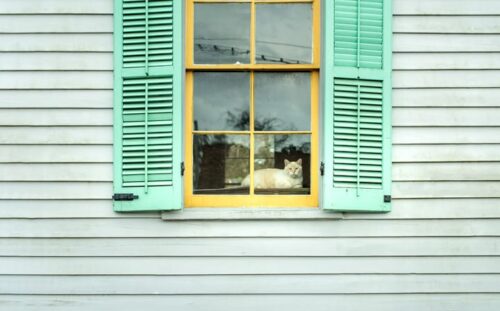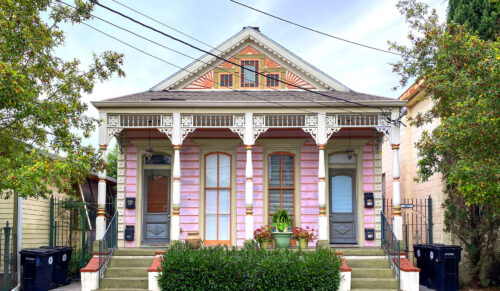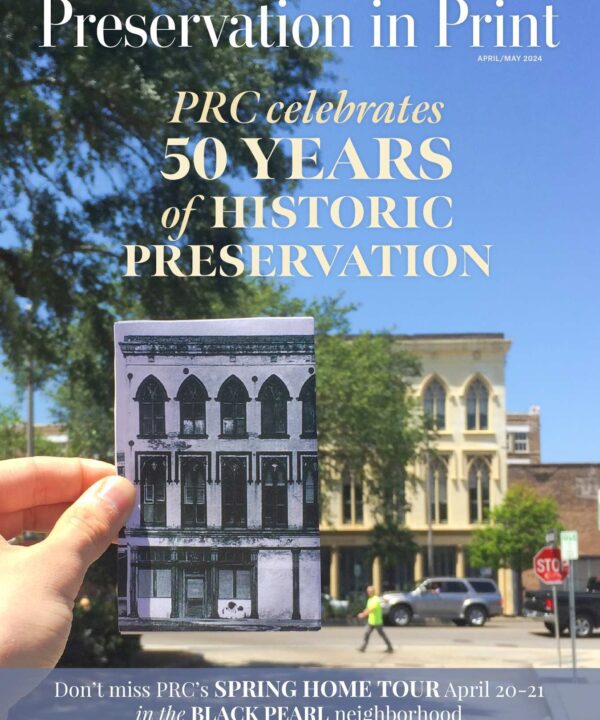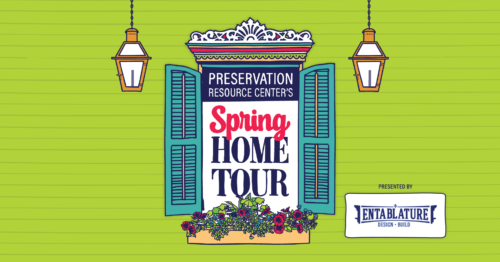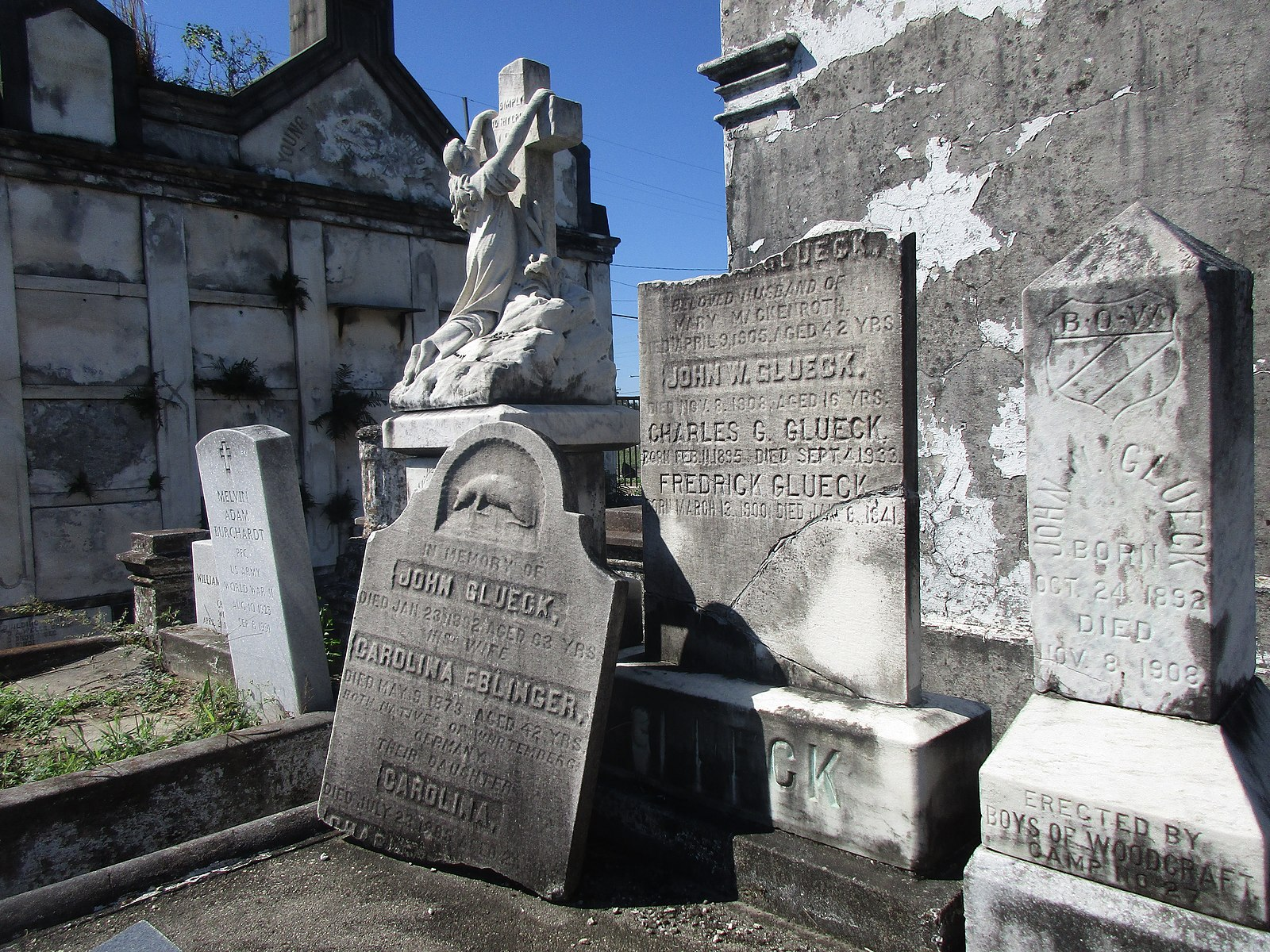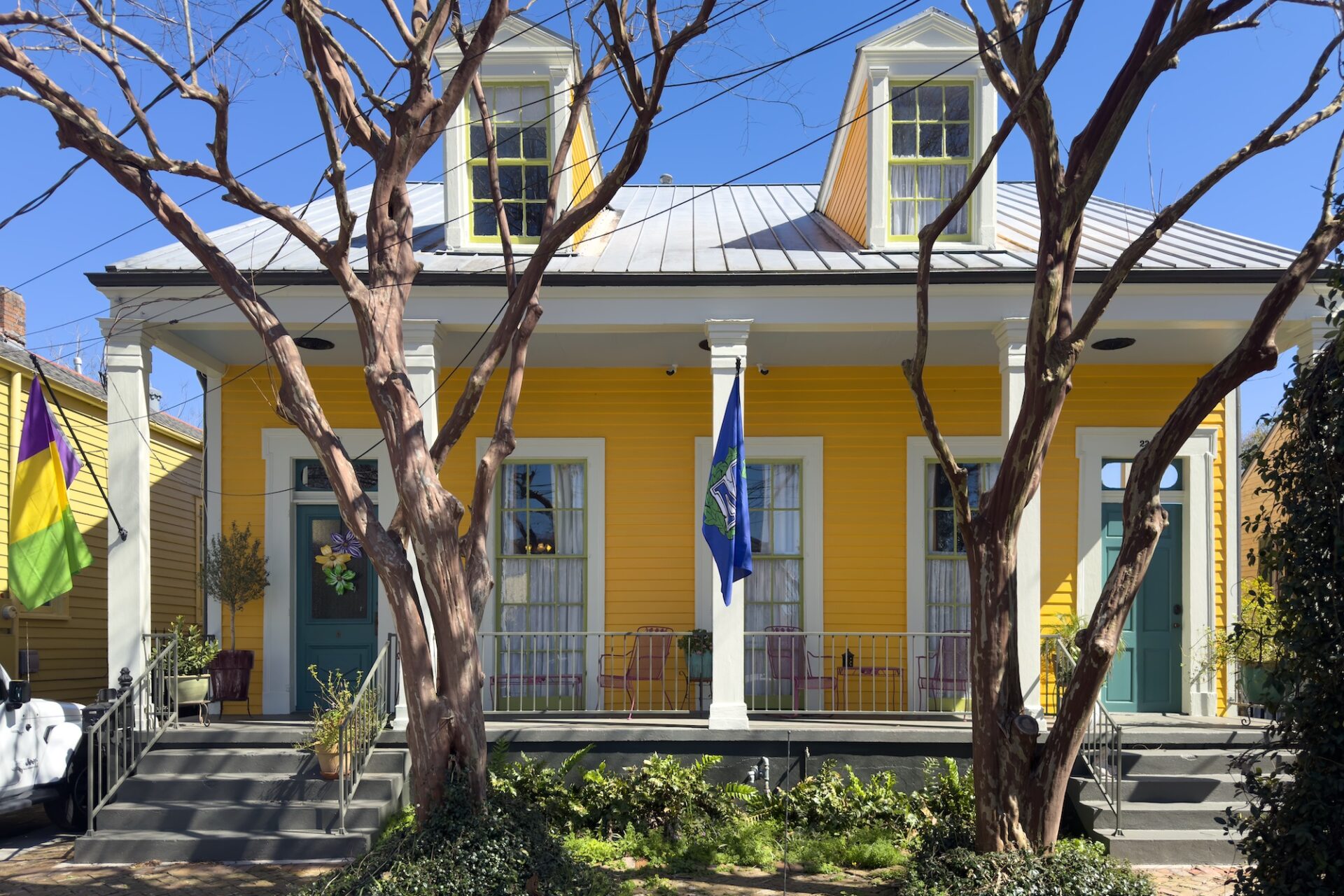Isabella Hedgepath was born on Star Hill Plantation in West Feliciana Parish, where she and her family were forced to labor in the cotton fields. Dr. Henry Perkins and his brother enslaved Isabella and her family. Her mother died while she was still just a child, leaving Isabella to help her father, James Dorsey, raise her younger sisters.
Around 1856, Henry Perkins oversaw a marriage ceremony between Isabella and John Perkins, who was also enslaved at Star Hill Plantation. The arrival of the United States military during the Civil War caused plantation owners throughout Louisiana to fear that the people they enslaved would seek freedom. Attempting to salvage impending financial losses, Perkins forcibly took Isabella and her family to Texas, where he believed slavery was still somewhat protected. He sold Isabella, her husband, children and sisters to Colonel Sideman. Sideman then sold them to a man named Chapman. The family remained in Houston until the surrender of Confederate troops. At the end of the war, Isabella and her family followed federal soldiers to Galveston.
While in Galveston, tragedy struck. Isabella’s husband John contracted small pox. He seemed to be recovering but soon took a turn for the worst. His death left Isabella a penniless widow with three small children: Felix Clay, Jacob and Virginia. Fortunately, she had the support and aid of her sisters and brothers-in-law. Together they made their way back to Bayou Sara in West Feliciana Parish.
Upon returning home, Isabella met Civil War veteran John Hedgepath. Born free in Cincinnati, Ohio, Hedgepath encountered an agent in Columbus tasked with encouraging recruitment for the Massachusetts Military Committee. Hedgepath enlisted in the United States army in 1863 and served as a corporal for Company G, 54th United States Colored Infantry. He was wounded during the charge of Fort Wagner, a significant battle portrayed in the movie Glory with Matthew Broderick and Denzel Washington. After mustering out of the army, Hedgepath came down river on a packet and disembarked at Bayou Sara, where he began teaching school. Isabella and Hedgepath were married in January 1868.
Shortly after their marriage, the Hedgepaths moved downriver to St. James Parish near present-day Vacherie. Hedgepath established a school there. An article in an 1871 issue of The Donaldsonville Chief called his school “excellent” and described him as an “experienced and well qualified teacher.” Hedgepath was active in politics, attending Republican nominating conventions and rallies. He was elected coroner and then to the state legislature.
While the legislature was in session in New Orleans, Hedgepath became ill. He died of a bowel obstruction on Feb. 22, 1873, with Isabella by his side. His remains were sent home to Vacherie, and he was buried in the cemetery of the First Baptist Church.
The state legislature passed a resolution mourning the loss of John Hedgepath and adjourned early in his honor. Authored by Rep. Lewis of Ascension Parish, the resolution lauded Hedgepath as “an honest, capable and worthy representative; one whose highest and noblest aim in life was to faithfully and earnestly fulfill every trust imposed in him, to perform every duty conscientiously, striving at all times to elevate his race and do good to mankind.” It concluded, “We tender our sincere and heartfelt sympathy and regard to his bereaved widow, so suddenly stricken with sorrow and despair by the unexpected visitation, and to the little ones now deprived of the watchful care and tender solicitude of one who was to them a father, protector and guide.”
Though still relatively young at the time of her husband’s death, Isabella never remarried. She was a dedicated member of Vacherie’s First Baptist Church and a devoted mother. She supported her family through her work as a midwife and nurse. All three of her children went to school. One of her sons attended Straight College in New Orleans and became a teacher. In 1890, she became eligible for a widow’s pension on behalf of her husband’s service in the Civil War. A federal agent interviewed Isabella, her family members and friends. Her brother-in-law Peter Griffin said that Isabella was “a woman respected by all.” Isabella lived for decades in a small house on a neighbor’s property.
By the late 1910s, Isabella was elderly and infirm. She moved to New Orleans to reside with her daughter Virginia Perkins Jones. The Jones family included Virginia’s husband, Joseph, and her children, Samuel and Mary. Isabella lived the remainder of her life in the Joneses’ home at 7405 Spruce St. She died there on Nov. 15, 1922, when she was around 80 years old and was buried in St. Mary’s Cemetery in Carrollton.

Isabella’s daughter Virginia applied to the Pension Bureau to receive compensation for the expenses of her mother’s final illness, funeral and burial. At the time, she was the cook for the Nix family. The Nixes acted as witnesses on her behalf. Just a few years later, they would donate land for the first library in the Carrollton area. Despite the courage and sacrifice of Black veterans and legislators like John Hedgepath, Isabella Hedgepath’s descendants would be denied access to the Nix Library until true integration of the city’s libraries took place beginning in 1961.

